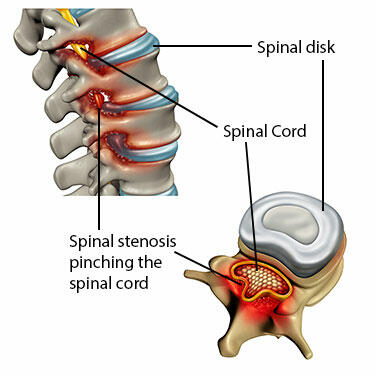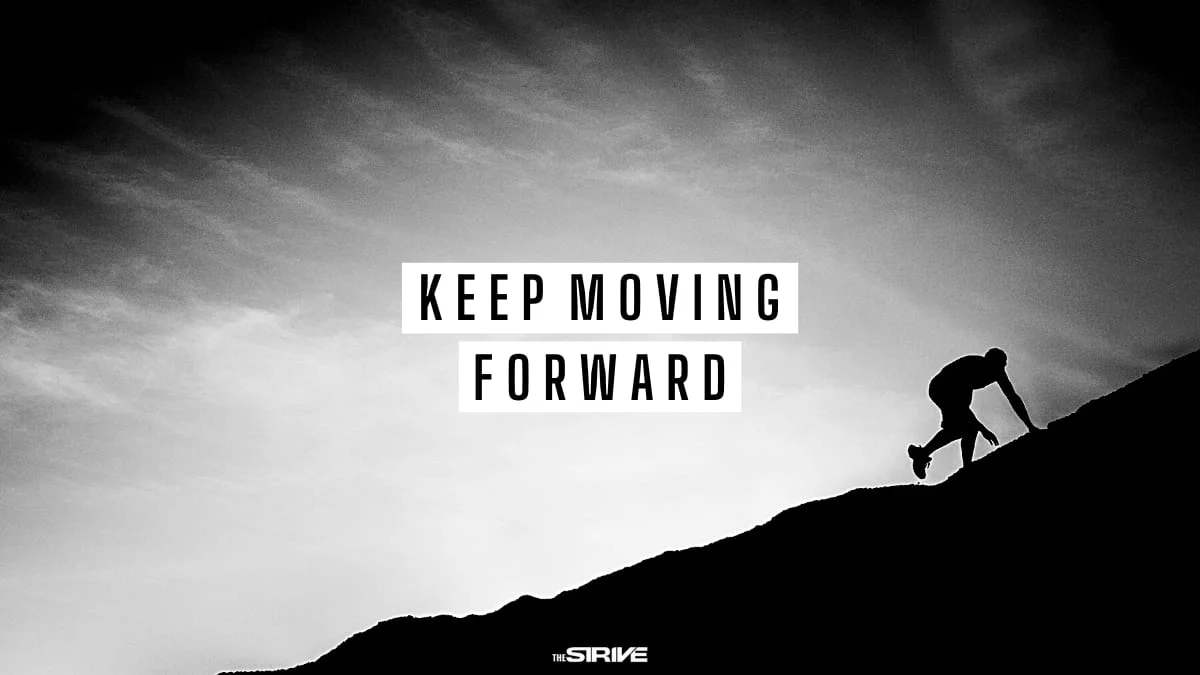At Spracklin Chiropractic, we believe that the cornerstone of effective care for orthopedic injuries isn’t just the treatment – it’s the thorough physical examination that comes first. When you’ve suffered a joint sprain, ligament tear, muscle strain, or other orthopedic issue, the difference between a predictable, efficient recovery and a long, costly journey often begins with how carefully your condition is assessed. Let’s explore why a complete exam matters so much – and how it helps reduce the cost of care.
Why a thorough physical exam matters
When you come to our clinic, we do more than just ask where it hurts and adjust the spine or joint. As Dr. Andrew C. Spracklin explains on our website: “When a patient first comes into the office we try to determine the exact cause of the pain through a thorough evaluation and walk the patient through possible treatment options.” Spracklin Chiropractic+1
Here’s why that exam is so important:
-
Accurate diagnosis: Orthopedic injuries often have overlapping symptoms. Muscle vs. ligament vs. joint capsule vs. nerve irritation can all cause pain, stiffness, and reduced function. A detailed physical exam helps differentiate them.
-
Targeted treatment plan: Once the root issue is identified, we can tailor care specifically – whether that means adjustment, physiotherapy modalities (ultrasound, electrical stimulation), acupuncture, or a combination. At our clinic we offer these tools to “reduce inflammation in specific areas” and promote healing. Spracklin Chiropractic+1
-
Avoid unnecessary procedures: Without a careful exam, what appears to be a simple “back or knee pain” might actually need imaging referral, orthopedics consult, or a different pathway. By catching red flags early, we prevent wasted time, ineffective treatments, or treatment “looping” that adds cost.
-
Better patient education and expectations: A thorough exam allows us to explain exactly what’s happening in your body, what you can expect in recovery, and what you need to do – which builds trust, avoids repeated “let’s try this again” visits, and ensures you’re engaged in your care.
How the exam reduces cost of care
Cost in health care isn’t just about the dollar bill – it’s also about time, wasted visits, delayed healing, and the cascading impact of one mis-step. Here’s how our approach helps control cost:
-
Fewer “trial & error” visits: When the cause of the injury is identified early, treatment is more efficient. You’re less likely to bounce between therapies that don’t hit the mark. In our model we aim to “give it our all for those individuals … to help you feel better as fast as we can with no long-term time or financial commitment.” Spracklin Chiropractic+1
-
Prevent escalation to expensive care: A missed ligament tear or joint instability, if untreated, could lead to chronic issues, surgery, or long rehabilitation – all of which cost far more. By identifying those risks in the exam phase (and referring when appropriate), we protect your health and your wallet.
-
Reduced downtime and lost productivity: Especially when injuries interfere with work and daily life, the sooner you’re back to function, the lower the indirect cost (missed work, medications, secondary problems). Our clinic emphasizes conservative care designed to restore mobility and reduce pain so you stay moving. Spracklin Chiropractic
-
Efficient use of adjunctive therapies: Modalities like ultrasound, electric stimulation, acupuncture are effective when used purposefully. Our exam guides where and how we apply them, reducing waste of resources and maximizing benefit.
-
Clear plan, clear end point: One of the challenges in care is open-ended “maintenance” without defined goals. At Spracklin Chiropractic, the physical exam helps us set realistic milestones and avoid treatment creep. That means you’re not paying for endless therapy when you should be moving into self-management.
What you can expect at your exam
When you walk through the door of Spracklin Chiropractic, here’s how we start:
-
A thorough history: We’ll ask how it started, what you were doing, what makes it better or worse, your health background.
-
A full physical assessment: Range of motion, joint stability tests, muscle strength, nerve/vascular screening, posture and movement assessment.
-
Identifying red flags: We check for signs that require imaging, specialist referral, or are beyond routine chiropractic care. As Dr. Spracklin states: “We continuously reassess—if conservative care is not producing steady, safe improvement, we reassess the plan.” Spracklin Chiropractic+1
-
A custom care plan: Based on what we find, we’ll explain the issue in plain language, the proposed treatments, expected timeline, and your role (exercise, posture, self-care).
-
Ongoing monitoring & reassessment: We don’t just treat and forget. We track improvement and adjust if needed.
Final thoughts
Orthopedic injuries are among the most common—and most expensive—sources of musculoskeletal pain and disability. But they don’t have to lead to open-ended treatment, unnecessary procedures, or long-term dysfunction. At Spracklin Chiropractic, we believe the key to preventing those outcomes is the thorough physical exam. It identifies the real problem, enables focused treatment, helps avoid waste and delay, and ultimately reduces cost – both financial and personal.
If you or someone you know is dealing with a joint or muscle injury, don’t wait for it to become “just another ache.” Start with an evaluation that respects your body, your time, and your budget. At Spracklin Chiropractic, we’re here for that.













